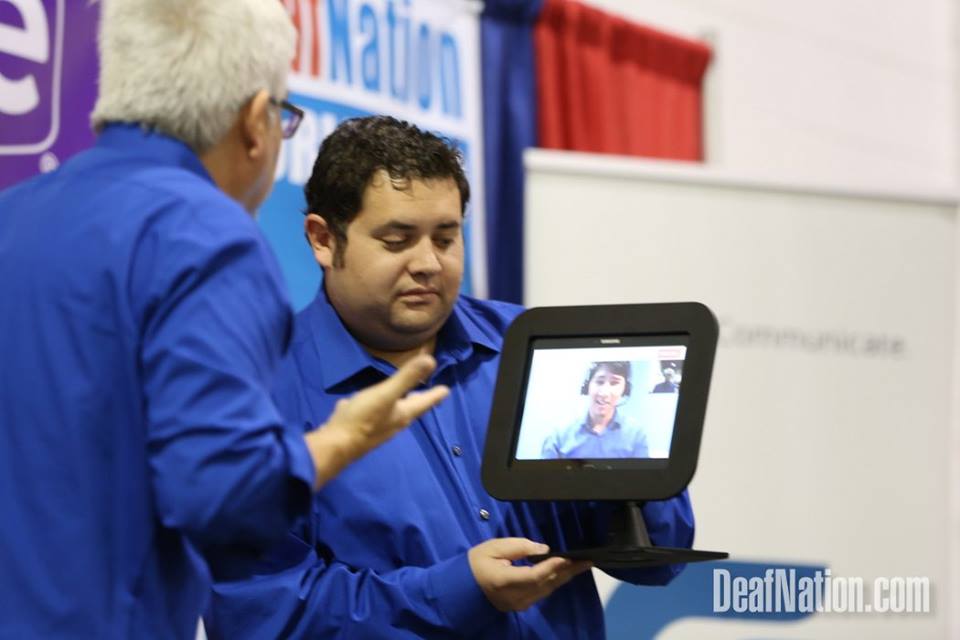After English language speakers, the Deaf Community is the third largest cultural-linguistic group in the United States. As such, from a marketing perspective they represent an untapped market for many businesses. However, unlike some other non-English speaking communities – such as Hispanic – the Deaf population often is ignored as a potential source of new and loyal customers. Granted protections under the Americans with Disabilities Act (ADA), businesses are expected to take steps to make their services available to the disabled – including the Deaf Community.
So how can businesses maintain compliance with ADA, drive additional business and attract a new and expanding customer base? Like any good marketing strategy, it all comes down to understanding the size and needs of the community to be served and then instituting steps to meet these needs in line with the services to be provided. Here are the questions businesses need to address to be successful.
- How big is the Deaf/Hard of Hearing Community in your service area? How many communicate through American Sign Language (ASL)? Reaching out to experts will help a business identify these answers so they can better understand needs/areas of improvement.
- What are the specific requirements that must be met under the ADA protections? The answer here depends on the services provided, the size of the population affected, the importance of the service and the costs involved. For example, healthcare services are essential services and additional protections are demanded for all individuals under the Civil Rights Act based on a businesses’ acceptance of Federal funding.
- Going beyond the statutory requirements, what changes/enhancements can they put in place that will meet these needs and protections in a cost-effective manner? This can sometimes be the tricky part as businesses may be reluctant to try new approaches due to the costs involved and the expected return on investment (ROI). Meeting expected compliance standards is the minimum, but moving beyond the minimum can gain businesses valuable and loyal customers that will drive expanded sales.
- OK, I want to be compliant and drive new business – what changes should I consider? First and foremost – communication. A large segment of the Deaf Community uses ASL – so have ASL “friendly” strategies in place – such as ASL video clips on your services. Access to ASL interpreters can also be a great strategy for ensuring good communication. While this was once an expensive investment, technology now allows communication with the Deaf in a cost-effective and compliant manner. Next – Just like other non-English speaking customers, make sure your staff know about the availability of solutions for the Deaf/Hard of Hearing and know how to access the services. Staff knowledge of approaches will also ensure compliance. And finally – Advertise. Get the word out on your solutions. With knowledge of a “deaf-friendly” environment, the Deaf/Hard of Hearing will, like all consumers, try out the solutions and, if successful, will tell their peers and their families – resulting in a growing and vibrant customer base.
As with all business, good customer service is the key and with it comes the added bonus of compliance.
About Language People
Language People offers businesses access to American Sign Language interpreters via a video feed that provides a cost-effective means to communicating with the Deaf/Hard of Hearing Community and ensures ongoing compliance. LanguagePeople also offers a “Certified Deaf Friendly” designation for businesses that incorporate deaf friendly efforts into their customer service processes that can help a business distinguish itself as a leader in this area.





